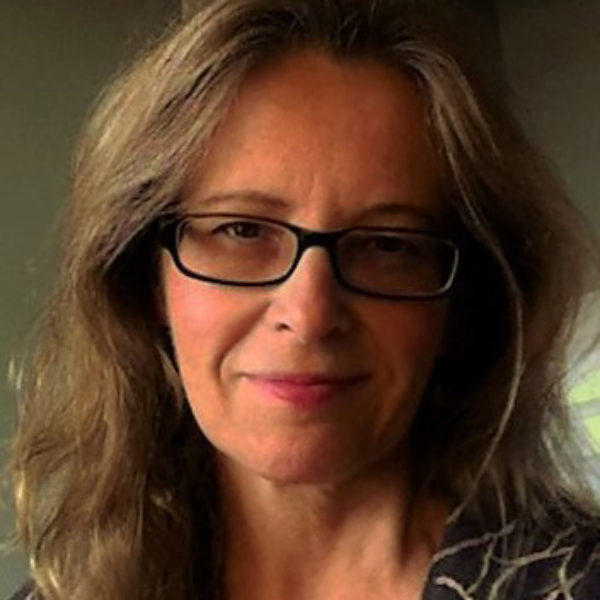Would That You Might Meet Us Doing Right
Advent’s familiar themes of waiting and hopeful expectation have a different ring this year.
“Waiting” works if you live in a world where you know that a little more patience generally would do you good. “Hopeful expectation” has a pleasant enough sound if your life is going reasonably well at the moment.
But how do these admonitions sound — “wait!” “be patient!” — in a context of violence and despair, of deprivation and gross inequality? What does “hopeful expectation” sound like, look like in places where justice has long been delayed, meaning, of course, that justice has been denied?
What if you’re tired of waiting? What if your patience has run out? What if you have no hope?
Is it possible that affluent churches in nice neighborhoods (or even churches of modest means in safe communities) often make of Advent an aesthetic: a carefully rendered “experience” that is beautiful, tasteful, and moving while missing or at least masking its intimate, immediate connections to our messy, broken, violent world?
How do the recent events in Ferguson, Missouri — in all of their heart-breaking complexity — remind us that we are called to something more, invited to see that Advent is rooted in Israel’s and the early Christians’ longing for justice, for reconciliation, for restoration and wholeness? And that this longing was not an in-the-meantime passive acceptance of the status quo but an active participation in the work of healing and hope?
In Christopher Nolan’s film Interstellar, the mess that humans have made of their lives — personally and collectively — is met with the knowledge that everything is connected, that “quantum entanglement” names not only the behavior of subatomic particles but the nature of being human. (Is there something to the idea that, beyond our love of physics — relativity, singularity, black holes, worm holes, the fifth dimension — physics is ultimately about love?)
We tangle and are entangled.
Like two or more particles who interact in such a way that the quantum state of each cannot be described independently, the state of each of us can be accounted for only in reference to the state of every one of us — even though, like discrete photons, we may be spatially separated.
These lines from Seamus Heaney’s poem, “The Cure at Troy,” speak to the truth that hope is wedded to the work of social change:
Human beings suffer.
They torture one another.
They get hurt and get hard.
No poem or play or song
Can fully right a wrong
Inflicted and endured.
The innocent in gaols
Beat on their bars together.
A hunger-striker’s father
Stands in the graveyard dumb.
The police widow in veils
Faints at the funeral home.
History says, don’t hope
On this side of the grave.
But then, once in a lifetime
The longed-for tidal wave
Of justice can rise up,
And hope and history rhyme.
Hope is not wishful thinking; it is risk and action and the courage to undertake both.
But for those who would follow a crucified Messiah, it is also vulnerability and a willingness to walk alongside those whose hopes have been crushed. It is about keeping our eyes open and our hearts alert to injustice, and then to doing something about it so that hope and history may indeed, finally and at long last, rhyme.
“May he not come suddenly and find you sleeping. What I say to you, I say to all: ‘Watch!’” —Would that you might meet us doing right.

